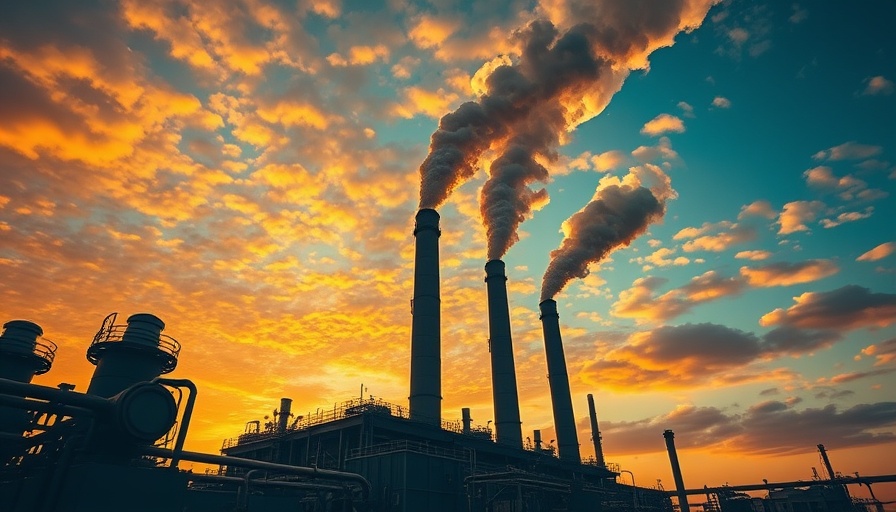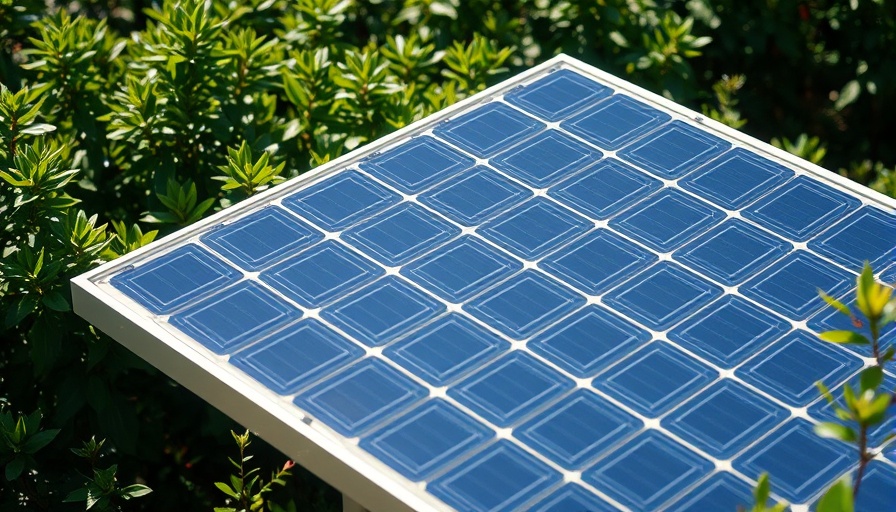
The Light Bulb Evolution: What You Need to Know
The world of light bulbs has undergone a dramatic transformation over the years. Traditional incandescent bulbs are rapidly being replaced by more energy-efficient alternatives such as CFLs and LEDs. As an environmentally conscious homeowner, understanding the differences between these products is essential for making informed decisions that benefit both your wallet and the planet.
Why Go Energy Efficient?
Choosing energy-efficient light bulbs isn’t just about saving money—it is also a step toward sustainability. Traditional incandescent bulbs waste about 90% of the energy they consume, translating to higher electricity bills and increased carbon footprints. Comparatively, modern LEDs and CFLs offer substantial benefits, lasting significantly longer and using far less energy without compromising on quality of light.
Types of Light Bulbs: Breaking Down the Choices
In today's market, you will primarily encounter four types of light bulbs: Incandescent, Halogen, Compact Fluorescent Lamps (CFLs), and Light-Emitting Diodes (LEDs). Each type has distinct advantages and disadvantages:
- Incandescent Bulbs: These are the old standards with low upfront costs but high long-term energy expenses. While warm and comfortable, they will be phased out due to inefficiencies.
- Halogen Bulbs: A slightly more efficient variant of incandescent bulbs, halogens still consume significant energy.
- CFLs: These bulbs use about 75% less energy and last approximately ten times longer than incandescents. However, they contain small amounts of mercury, which requires proper recycling.
- LEDs: Leading the way in energy efficiency, LEDs use up to 80% less energy than traditional bulbs and can last up to 25,000 hours. Their initial cost is higher, but they offer long-term savings!
The Financial Impact of Switching to LEDs
Switching out just a few key bulbs in your home can lead to substantial savings. In fact, the NRDC estimates that replacing just one incandescent bulb with an LED can save you about $81 over its lifetime! When this is multiplied by the number of bulbs in your home, the savings quickly add up. Considering the average household has at least 40 sockets, the total savings can be staggering—upwards of $100 per year! With costs for LED bulbs dropping, the transition becomes easier and more affordable for homeowners.
Understanding Energy Ratings and What to Look For
When shopping for light bulbs, look for the ENERGY STAR® label, which indicates that the bulb meets strict efficiency criteria. Recognizing the difference in lumens (light output) and watts (energy consumption) is essential. Modern packaging often shows the equivalent incandescent wattage, aiding consumers in making informed choices.
Disposing of Old Bulbs: The Right Way to Go Green
When it comes to disposal, older incandescent bulbs can be thrown away, whereas CFLs should be recycled due to their mercury content. Many community programs and hardware stores offer recycling services—a small action that contributes to a broader impact on environmental health.
Encouraging Change: Your Role in Sustainability
Once you switch to energy-efficient bulbs, encourage your friends and family to do the same! Raising awareness about the benefits of energy-efficient lighting can help foster a collective shift toward sustainability in your community.
As homeowners, making the switch to energy-efficient lighting is one of the simplest and most impactful choices we can make. By utilizing modern technology to light our homes effectively, we see not only lower energy bills but also a chance to reduce our collective ecological footprint. Ready for a brighter future? Take these insights and transform your lighting today!
 Add Row
Add Row  Add Element
Add Element 


 Add Row
Add Row  Add
Add 


Write A Comment